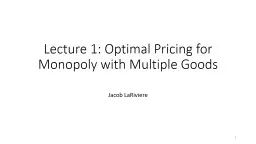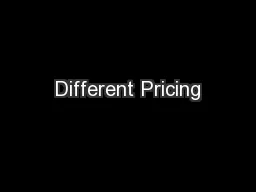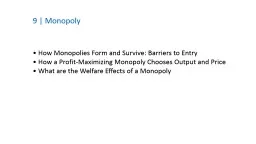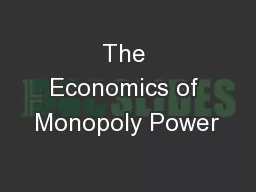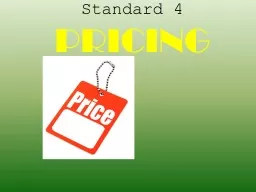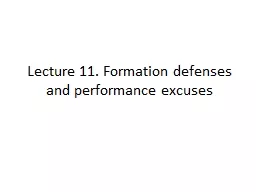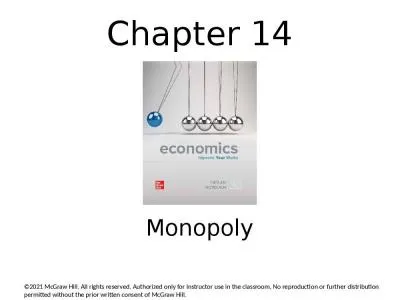PPT-Lecture 1: Optimal Pricing for Monopoly with Multiple Goods
Author : celsa-spraggs | Published Date : 2019-06-19
Jacob LaRiviere 1 Composite Commodity Theory Assume there are n goods eg apples bananas carrots etc but we really only care about one of them eg apples How
Presentation Embed Code
Download Presentation
Download Presentation The PPT/PDF document "Lecture 1: Optimal Pricing for Monopoly ..." is the property of its rightful owner. Permission is granted to download and print the materials on this website for personal, non-commercial use only, and to display it on your personal computer provided you do not modify the materials and that you retain all copyright notices contained in the materials. By downloading content from our website, you accept the terms of this agreement.
Lecture 1: Optimal Pricing for Monopoly with Multiple Goods: Transcript
Download Rules Of Document
"Lecture 1: Optimal Pricing for Monopoly with Multiple Goods"The content belongs to its owner. You may download and print it for personal use, without modification, and keep all copyright notices. By downloading, you agree to these terms.
Related Documents

